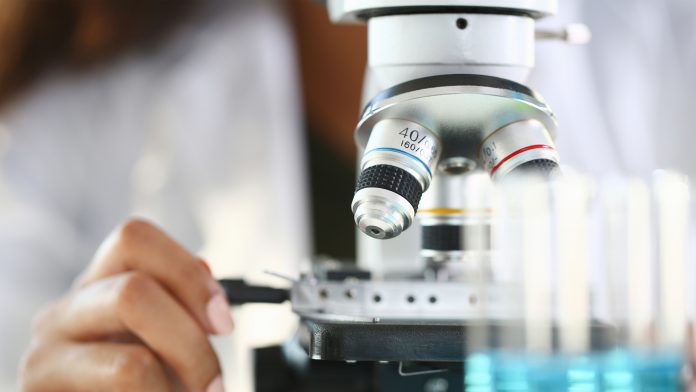Researchers at the University of Zurich have used fluorescence microscopy and machine learning to recognise cells with viral infections.
When a virus infects a cell, the cell’s nucleus modifies, and these modifications can be studied through a fluorescence microscopy. Utilising fluorescence images created in live cells, scientists at the University of Zurich have taught an artificial neural network to consistently distinguish cells with viral infection, such as adenoviruses or herpes viruses. The method also detects severe acute infections at an early stage.
Adenoviruses have the ability to infect the cells of the respiratory tract, while herpes viruses can infect cells in the skin and nervous system. In the majority of cases, this does not result in the manufacture of new virus particles, because the viruses are suppressed by the immune system.
However, adenoviruses and herpes viruses can cause persistent infections that the immune system is incapable of keeping in check and generate viral particles for years. These viruses can also result in sudden, violent infections where affected cells release large quantities of viruses, such that the infection spreads rapidly. This has the potential to result in serious acute diseases of the lungs or nervous system.
The research group of Urs Greber, Professor at the Institute of Molecular Life Sciences at the University of Zurich (UZH), has indicated for the first time that a machine-learning algorithm can identify the cells infected with herpes or adenoviruses founded entirely on the fluorescence of the cell nucleus.
“Our method not only reliably identifies virus-infected cells, but also accurately detects virulent infections in advance,” Greber explained. The researchers are confident that their novel advancement has many exciting applications, such as the ability to predict how human cells react to other viruses or microorganisms. “The method opens up new ways to better understand infections and to discover new active agents against pathogens such as viruses or bacteria,” Greber added.
The analysis technique is built on merging fluorescence microscopy in living cells with deep-learning processes. The herpes and adenoviruses developed inside an infected cell change the structure of the nucleus, and these changes can be studied under a microscope.
The team taught a deep-learning algorithm – an artificial neural network – to automatically identify these changes. The network is schooled with a huge set of microscopy images through which it learns to distinguish patterns that are typical of infected or uninfected cells. “After training and validation are complete, the neural network automatically detects virus-infected cells,” said Greber.
The group has also shown that the algorithm can detect acute and severe infections with 95% precision and up to 24 hours in advance. Images of living cells from lytic infections, in which the virus particles multiply quickly and the cells dissipate, as well as images of unrelenting infections, in which viruses are created constantly but only in small quantities, served as training material.
Despite the great accuracy of the technique, it is not yet apparent which elements of infected cell nuclei the artificial neural network recognises to distinguish the two phases of infection. However, even without this information, the team can now examine the biology of infected cells in greater detail.
The researchers have already uncovered some differences: The internal pressure of the nucleus is greater during virulent infections than during persistent phases. As well as this, in a cell with lytic infection, viral proteins accumulate more rapidly in the nucleus. “We suspect that distinct cellular processes determine whether or not a cell disintegrates after it is infected. We can now investigate these and other questions,” concluded Greber.









